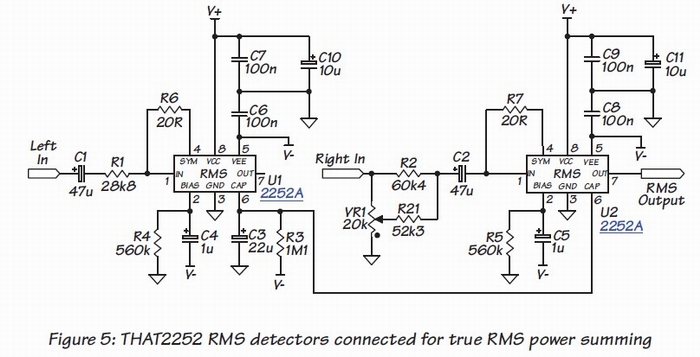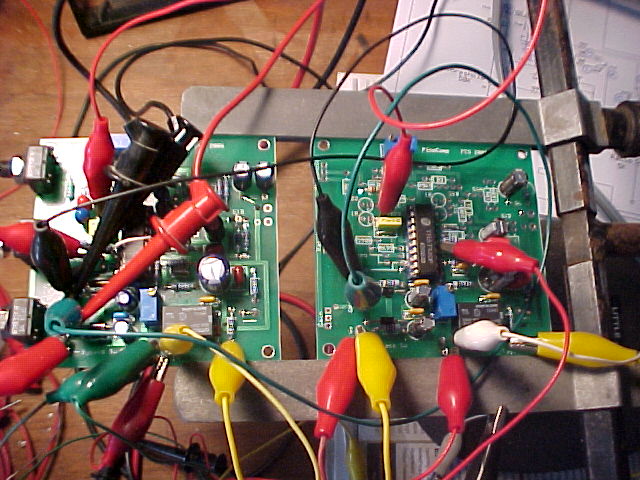Wow! Things are coming up millhouse over here!You would need two rms detectors conneced to a single threshold/volume/compression circuit.
Correct.
Again, correct.
What pin 5 and 15? Doesn't make sense to me...
That's called "analog OR"; that means the highest bidder takes the stake.
Yes, don't worry anout that (no pun intended).
That would be pin 4 on the 4315
Actuually yes.
Figure 6 of what document?
Thank you for your time, I appreciate it as always!!
- The pin 5 and 15 thing...ya, doesn't make sense to me either. Glad I'm not missing anything.
- I like the Analog OR thing! This seems like one of those 'tip of the iceberg' keywords that I'm going to research about later and be overwhelmed haha.
- Apologies, Figure 6 is the second document that I attached, however I cropped out the part where it actually says 'Figure 6.'
So, in summary, when connecting two of these 4315 One Knob circuits together, one only needs to connect
- The 'CT' pins (pin 4) together - on the IC side of the capacitor, of course.
- The 'RMS Out' pins (pin 5) together - which feed into one of those Threshold/Vol/Compression circuits (which in the case of the 'One Knob' circuit, is just the 'squeezer' circuit, for lack of better term). - But wont this do that doubling thing that we're trying to avoid? Or is that somehow cancelled out through pin 4?
Thanks again for the help! Now i'm getting really pumped about this haha.




































